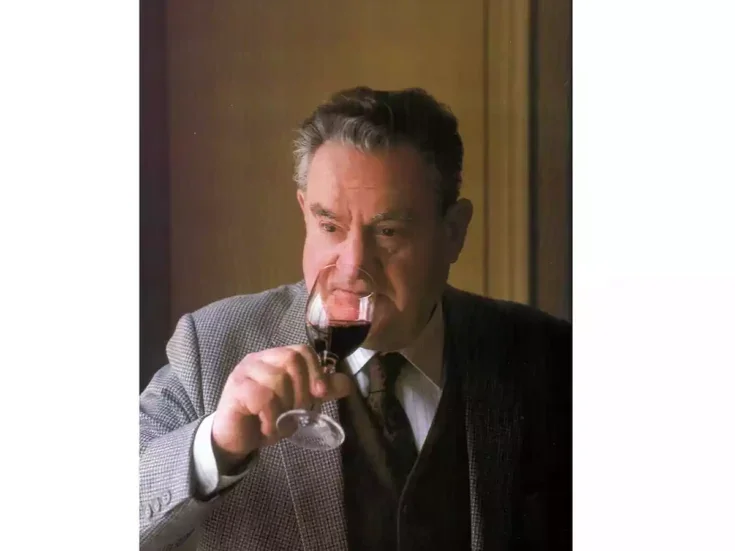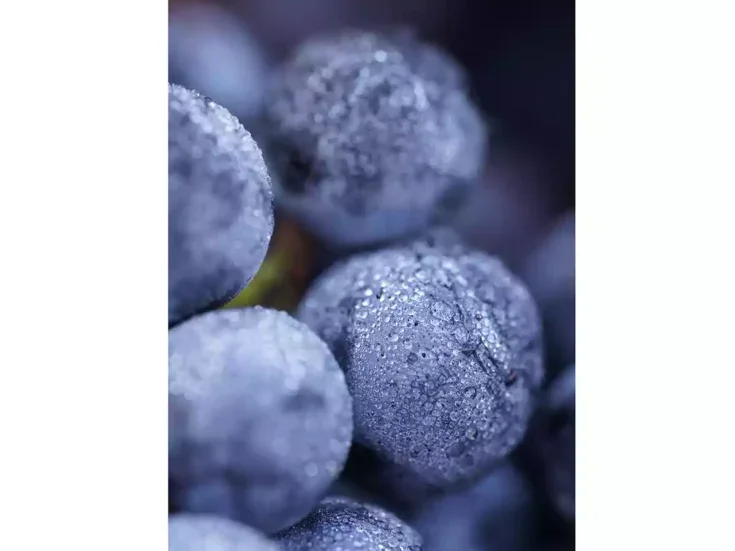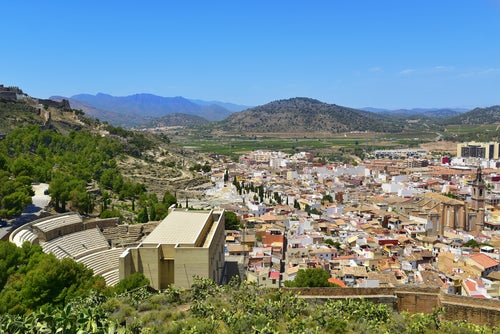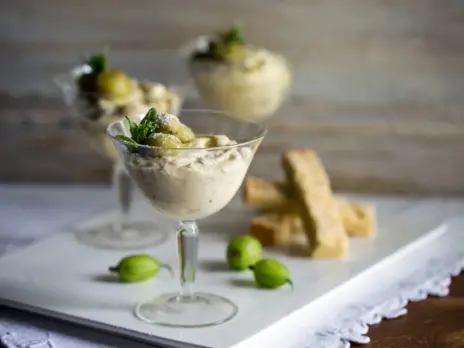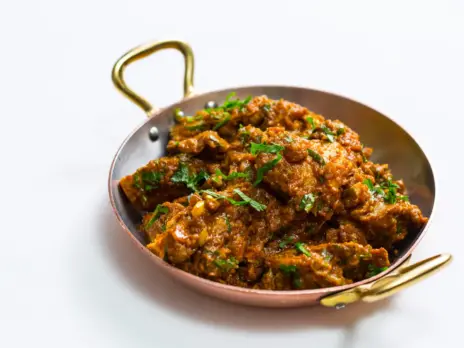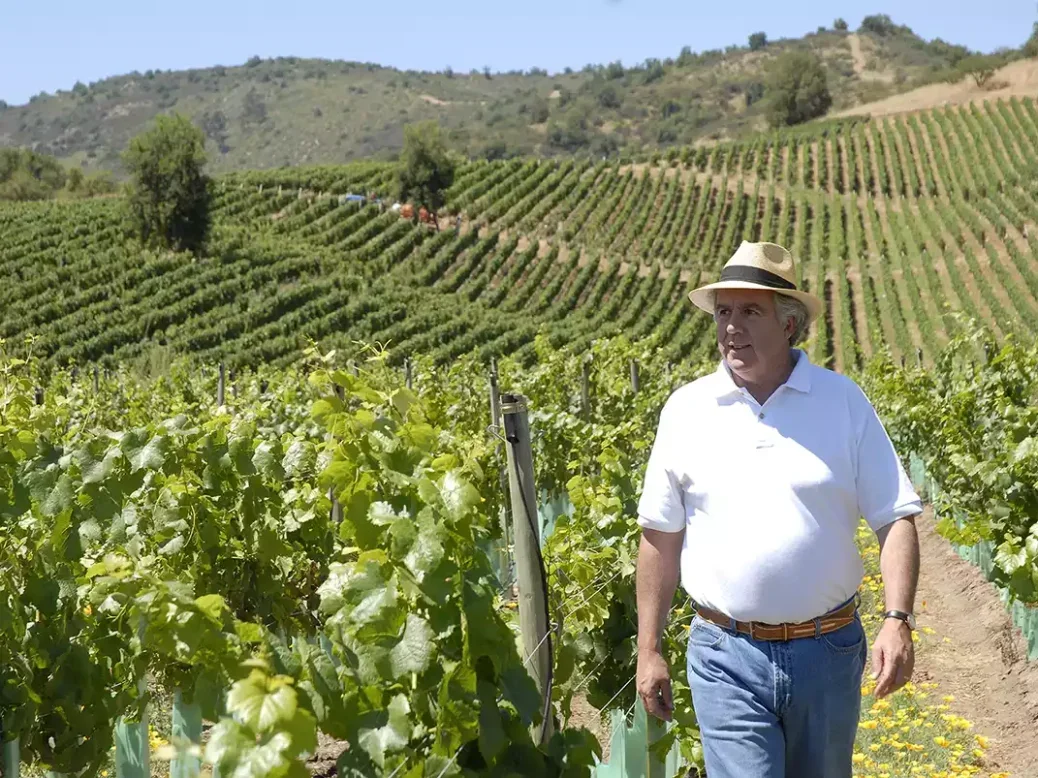
Pablo Morandé has always been ahead of the curve, even when that curve has seemed too steep to overcome. However, when his radical theories have found a sympathetic ear in the industry, they have changed the shape of Chilean wine.
From developing some of the country’s first varietal wines, to championing the old vines of Carignan in Maule; and from making Chile’s first late-harvest sweet wines at Viña Morandé, to popularizing orange wines under his radical family winery, Bodegas RE, Morandé has a record of innovation to which few can aspire. But perhaps his greatest contribution to Chilean wine—and one that inspired changes across the viticultural map of the Americas—is his pioneering of Chile’s first cool coastal wine region in the early 1980s.
Chile was still in the clutches of Augusto Pinochet’s military dictatorship, and the wine industry was conservative and slow to modernize. The young Pablo Morandé had already been in the industry for more than a decade then, working for one of the wealthier families in the country at Concha y Toro, which was a moderate-sized operation at the time, making half a million cases of wine (just one sixtieth of its production today).
There is little argument that the white wines of Chile in that period were insipid and uninspiring. Temperature control was not commonplace yet, and the country had only just received its first imported stainless-steel tank—brought in by Spanish vigneron Miguel Torres. These expensive and foreign concepts would not be widely adopted for some time.
With little opportunity to change the winemaking process, Morandé knew that if the white wines were to improve, he had to seek better quality in the grapes themselves. Chile’s white wines were all coming from the warm inland regions, so they lacked acidity and freshness. “I knew that good international white wines came from a cooler climate,” he recalls. “And the coolest I had was Maipo!”
Pablo Morandé’s cool-climate quest
By 1980, Morandé was already investigating where temperatures might be cool enough for a different quality of fruit, but not too cool to be an outright risk. With no climate data available, he began calculating possibilities based on climate theories that he would flesh out with his former university professor. They came up with three potential sites: Casablanca, San Antonio, and Limarí, none of which had yet been planted with grapes for wine.
“No one believed that it was possible—they said it was simply too close to the sea.” Morandé was mocked by colleagues, who described his theories as completely loco. He failed to convince even the winery to support his theory, though one of the owners agreed to fund privately a 20ha (50-acre) vineyard as an experiment. So, in 1982, Morandé planted the first cool coastal vineyard in Chile, in the sheep-farming lands of Casablanca. Much to the cruel delight of his colleagues, it was a big flop. “We lost it all… Frost obliterated the entire vineyard in that first year.”
Undeterred, Morandé replanted. After three long years facing questions and challenges from many of those around him, he finally had fruit. And the fruit of his labor was a delicious, hard-earned, worthwhile victory: cool-climate Chardonnay with brightness, freshness, and verve.
With these Chardonnay grapes—as well as Riesling and Sauvignon Vert (believed at the time to be Sauvignon Blanc)—Morandé managed to convince the Chilean wine industry that growing wine grapes on the coast was possible. Indeed, not only possible, but that it was one of Chile’s greatest assets and the future of the country’s vitiviniculture.
Now widely considered the best terroirs for Chile’s white wines, Casablanca, San Antonio, and Limarí are currently home to more than 15,000ha (37,000 acres) of vineyards. Without the madness of Morandé, Chile would be a far lesser wine country today.
South America’s magnificent seven: Aurelio Montes
South America’s magnificent seven: Álvaro Espinoza
South America’s magnificent seven: Susana Balbo
South America’s magnificent seven: Pepe Galante
South America’s magnificent seven: Roberto de la Mota
South America’s magnificent seven: Francisco Carrau

